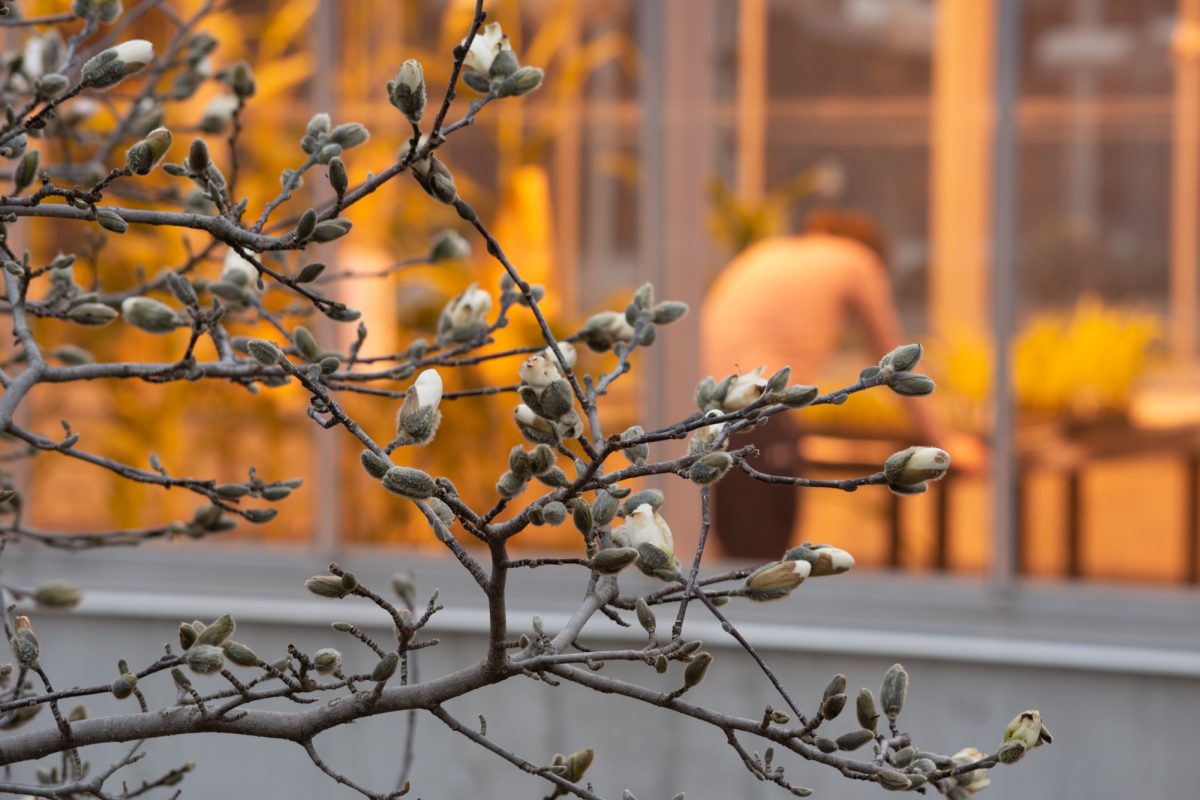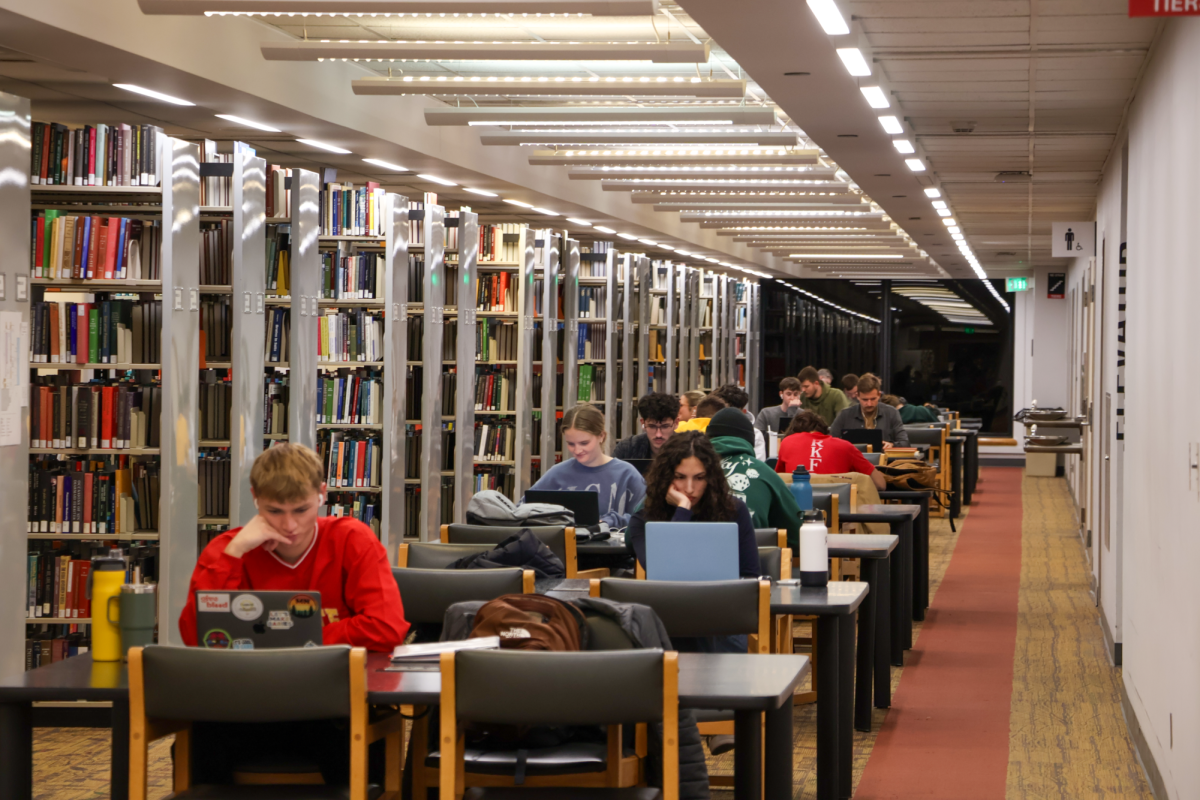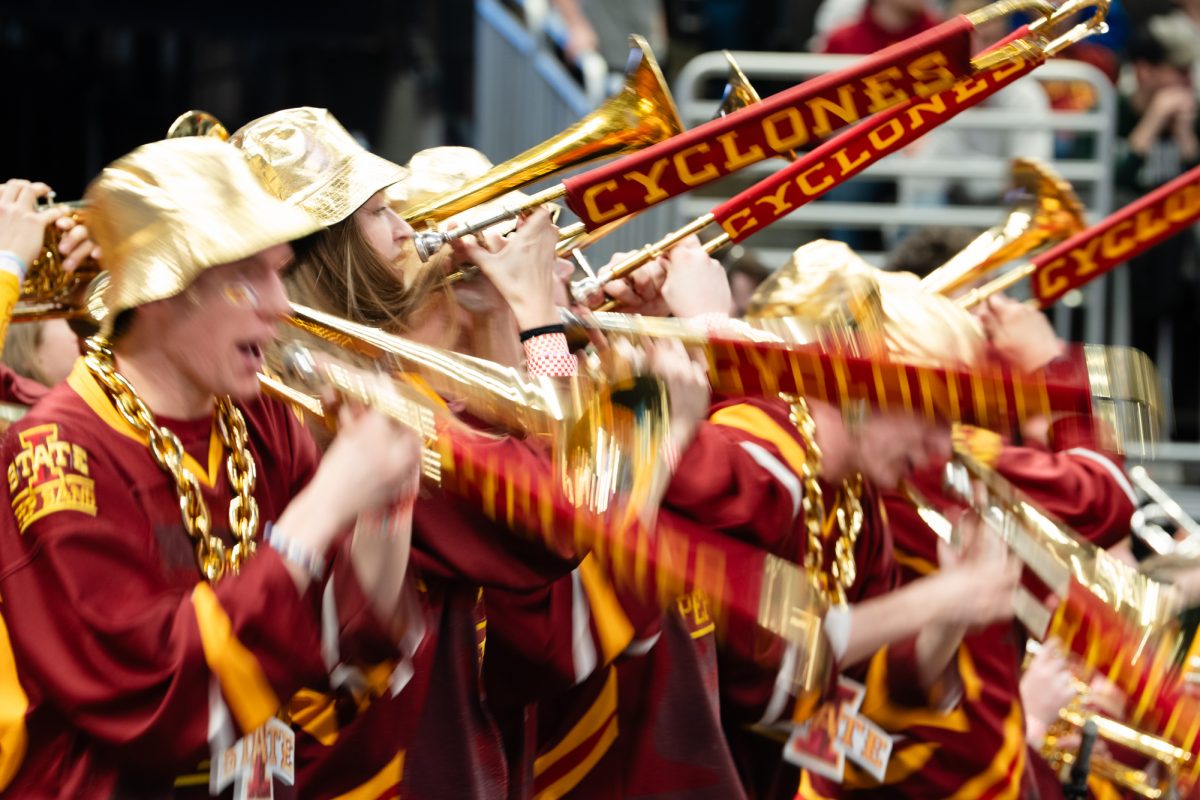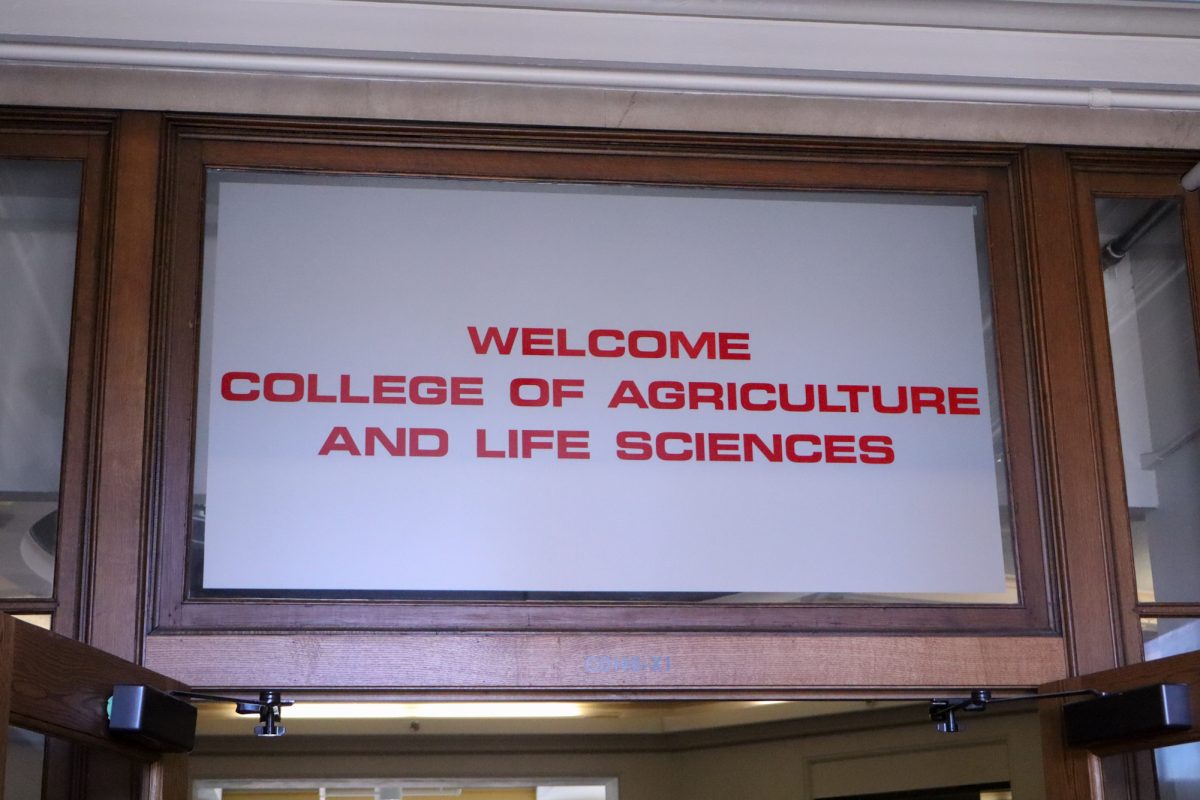The restoration story of the Black Cultural Center
Jonnell Marion is an ISU alumni who started Inclusive Cultural University which is an organization focused on diversity and he is pitching it in Ames. He also led a task force that saved the Black Cultural Center.
February 18, 2019
The George A. Jackson Black Cultural Center, a place for “African American cultural identity, education and understanding between diverse communities,” would not exist today without the efforts of Iowa State students.
In 2003, a water main ruptured in the Black Cultural Center, causing water damage to the space. The damage was great enough to close the space with the possibility of permanent closure looming.
At the same time Jonnell Marion, a 2007 Iowa State graduate, entered Iowa State as a walk on for Iowa State’s basketball team, but had to undergo a career ending knee surgery that year.
Marion, who describes himself as a ball of energy, had to find ways to occupy his time with sports now out of the picture. He began to increase his involvement with student organizations his sophomore year, joining the International Student Council, the multicultural business network and the Iowa State Black Student Alliance (BSA).
Marion said because he was so involved with his athletics his freshman year he did not know about many aspects of campus.
“When I came back, people thought I was a freshman during my sophomore year, because they had never seen me,” Marion said.
With his extra time Marion also increased his involvement with the BSA.
At a meeting in 2004 Marion said that for the first time, he had heard of the Black Cultural Center’s various activities, including barbecues, hosting speakers and giving students a place to relax and study, and how it was closed.
Because it was not owned by Iowa State, the Black Cultural Center was not being granted any University funding for repairs.
Once the meeting adjourned, Marion spoke with leaders within the BSA about there being no current efforts to raise the money needed to restore the Black Cultural Center.
“I said, ‘Alright, so, is there a team or somebody you know that we can work on this with?’ and they said, ‘Well how about you start a task force?’ so that’s exactly what I did,” Marion said.
After reaching out to gather information, Marion found out the Black Cultural Center was in danger of being torn down.
“At that moment I had made a decision that I was going to be the chairman of the Black Cultural Center Task Force,” Marion said.
Starting in spring 2005, Marion and the rest of the organization began the process of reaching out and speaking to everyone they could about the history and importance of the Black Cultural Center.
“I had my little scooter that I would just ride around on campus and stop various people, and if they had time, explain to them about the [Black Cultural Center],” Marion said.
Marion asked students if they wanted to support the Black Cultural Center and told them how to make a contribution by adding a chosen dollar amount onto their normal student bill by filling out pledge cards.
Marion also reached out to the Ames community and gained contributions from the Ames Police Department and the Mayor of Ames at the time.
Marion said by the fall semester of 2005 they had managed to raise between $60,000 and $70,000.
Marion said the success was a team effort, and emphasized the importance of all who worked as a part the initiative, including administrators at the time.
By 2007, the Black Cultural Center had received the needed renovations. In 2017, the center was named after Dr. George A. Jackson, one of the administrators who worked on the initiative.
Now, the building is university-owned and students who wish to utilize the Black Cultural Center can do so through Multicultural Student Affairs.
Julian Neely, a senior in journalism and mass communications, said he admires Marion’s charisma and his ability to outreach to different groups.
“There’s multiple people that influence or that I look up to and learn from, but I think he definitely gave me some life lessons and leadership lessons to help me grow as a student leader on campus,” Neely said.
Presently, the Black Cultural Center still serves as a space for black students to gather in and enjoy, with the BSA hosting different cookouts, as well as game nights and other community events, said Christion Barnes, a senior in software engineering and BSA Historian.
Barnes said he was inspired that a student-led group was able to spearhead renovations of the Black Cultural Center and it gave him hope that changes to alleviate current issues the Black Cultural Center faces could be brought on by students.
“Jon [Marion] was kind of a regular joe, he wasn’t anything special or destined to do this, he just saw something that needed to be fixed,” Barnes said.
Some of the issues Barnes mentioned included a need for a bigger space and finding a way to make the Black Cultural Center more accessible from campus.







